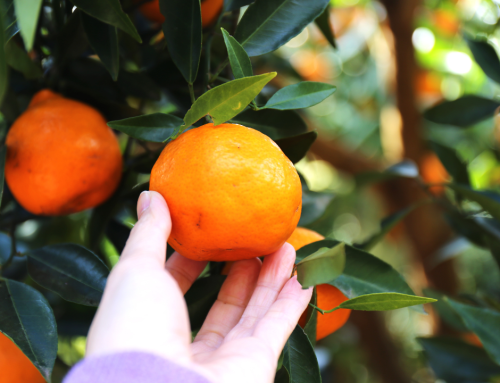Fruit fly activity
Last year’s fruit fly season was a heavy year for Queensland fruit fly. This was due to a combination of weather conditions during the previous autumn, winter and spring (as a result of La Nińa) plus a large volume of unharvested host crop due to COVID restrictions. It is believed that the combination of the Goulburn Murray Valley Area Wide Management program and weather conditions have impacted adversely on fruit fly survival this season.
March outlook
Fruit fly start to build up in peri-urban and rural locations of the Goulburn Murray Valley during February. Many fruit fly move out of urban areas and into rural locations due to a lack of food and resources in built-up urban areas, combined with irrigation and mass-ripening of fresh fruit in rural areas.
It is essential for commercial growers to ensure there are no unwanted fruiting plants within 1km of their orchard, paying particular attention to roadside feral fruits such as peaches, plants along creek banks, Crown land, abandoned orchards and the house yards of orchards and neighbouring properties. These fruit are the staging points for a rapid increase in fruit fly populations.
Action now in hot spot areas
Hot spots can be habitual, where they occur each year at approximately the same time or can be new hot spots where fruit fly have moved into a new area, settle there and proliferate.
The below locations are of concern as they could become sites from which large numbers of fruit fly could establish and spread. It is important growers who have orchards in these areas take precautions to reduce the ability of fruit fly to infest fruit and survive in them.
Commercial orchards situated within 1km of hot spot locations are at risk from fruit fly. Vigilance with traps and by fruit checking is essential in these areas:
Ardmona Katunga Tatura
Avenel Kyabram Toolamba
Barooga Merrigum Tungamah
Cobram Mooroopna Undera
Echuca Orrvale Violet Town
Euroa Shepparton Yarrawonga
Finley Strathmerton
Fruit fly Area Wide Management strategies, especially netting and host plant removal (in urban areas), baiting (in commercial production areas), trap monitoring and fruit checking (in all areas of the Goulburn Murray Valley) will over time erase these hot spots. There have been some successes in hot spot deletion in the region since the program commenced.




